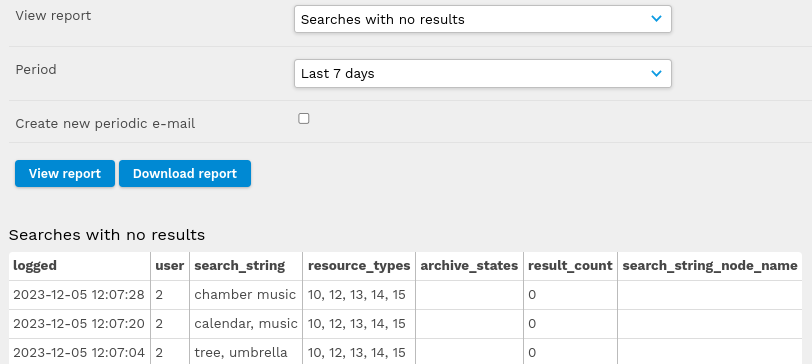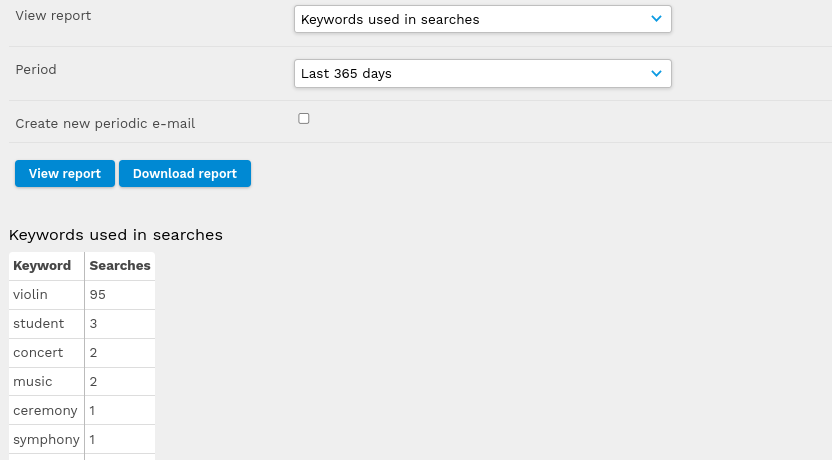How the Right Support Makes for a Successful DAM Project
This feature article has been provided by Mel Francis, a DAM consultant, information management specialist and customer success manager at Montala.
Whether you’re working with an independent consultant, recruiting an internal procurement specialist, taking up a support contract with a vendor that includes 1:1 consultancy, or a combination of all three, getting the right support for a new DAM project is crucial for its success. Below are some key areas where it’s particularly useful to consider a helping hand.
1. Nominate ‘DAM Champions’
What type of support do you need now, and how is this likely to evolve? It’s important to work out what kinds of support you need – and what’s available for this in your budget – as far in advance as possible. Not taking up the right help early on can lead to all manner of problems later – whether it’s missed deadlines, poorly kept budgets, miscommunication, or not holding the relevant people accountable for progressing different parts of the project. Perhaps worst of all is the risk of ending up with a product that users aren’t happy with and eventually having to start from scratch or make a costly switch to another platform down the line. The right project manager or ‘DAM Champion’ can help prevent these issues from the outset.
Nominating an existing team member
Not all DAM projects have to start with a new hire or external consultant. Depending on size, scope, and budget, for some organisations it’s manageable – often necessary – to ask an existing team member to lead the project. In these cases, support is largely going to be coming via them as they take the lead on setting up the platform, working with the vendor to oversee the implementation from start to finish. Training and ongoing support will sit with this person too, along with regular maintenance and system performance reviews to ensure things are working well.
Working with external consultants / bringing in a procurement specialist
Larger organisations with more extensive projects are the most likely to need full time support, even if just for those crucial first few months. In this case, an external consultant and/or internal procurement specialist can be helpful. It’s still important to have the right internal people on the project who can see it past the initial implementation stage.
The importance of a dedicated account manager
In both of these scenarios, having a dedicated DAM consultant working with your chosen vendor can be really helpful. Most vendors offer this as part of a support package, but it’s always worth checking at the start of a project. Good ongoing vendor support will make sure you’re kept up to date on the latest developments with the platform and that you always know who to get in touch with for help.
2. Ask the right questions
Which problems do you need to solve? The best projects start with research, and not just externally around DAM systems and features but usually with some internal work to define the problems that the product has to solve. Depending on the size of your organisation, this could be a significant project in its own right, or it might be as straightforward as writing a list of a few ‘pain points’ where you’re not making the most out of your media or are losing time to lengthy searches and duplicative methods.
In each case, it’s important that the project leaders have familiarity with the product and are aware of the configuration options that are available. So long as the right questions are being asked, the DAM can be set up to answer them and make it easier to secure, develop and distribute content. The right consultant will be able to translate ideas that arise from the ad hoc meetings of a tiny team into viable configuration options just as well as they can factor in lengthy use cases that have been carefully written months in advance.
Familiarise yourself with the latest developments
Regardless of whether you have a tender/RFP process to select a DAM or have already chosen a product, it’s always worth reading around the subject to familiarise yourself with the latest platforms, features, and services on offer. It can be tempting to let vendors do all the work at this point – especially if you’re already working with one directly – but with new features and integrations bringing new advancements to what a DAM can do all of the time, it’s always worth subscribing to industry newsletters to stay on top of the latest developments.
3. Don’t rush the onboarding process
Sometimes there’s a tendency to assume that, by the time you come to onboarding a new DAM and working with your chosen vendor, you should’ve already worked out all of your internal processes and know exactly what you need. The value of that initial research and preparation shouldn’t be underestimated, but it’s not usually so black and white that you know exactly what you need out of a DAM before you have one. This is especially true if it’s the first DAM your organisation has had, but the same can be said when replacing an outdated platform. Hopefully, your account manager will be flexible and able to support your project as it evolves.
Test to save time in the future
Many new DAM users underestimate the value of testing. Pressure to get things up and running can be high especially when budgets are tight, but taking the time to work with your account manager and test out new configurations will save time (and unexpected results!) later. Whether it’s bulk uploading, metadata edits, user permissions or advanced workflows, a dry run not only helps iron out any creases in the design but is also useful training: if your main users are already familiar with how a process works, they’ll be able to pass that knowledge along to other users, spot any problems, or identify aspects of the setup that might be improved over time.
Remain flexible about support options
As the project evolves, the need for support will change too. This isn’t always predictable: a dedicated ‘hands-on’ consultant at the start might need to come back periodically to give an overview of the project. You may find that you’re working directly with your account manager on an almost daily basis at the start and that this naturally winds down, but sometimes it can take a while to get started and it could even be the other way around. Being flexible and open to the right kinds of help as and when it’s called for is best.
It’s important to nominate your project leaders early, but a shifting user landscape will have an ongoing impact on what kind of support is needed. Perhaps you’re opening up the system to more external users or departments, and need help setting the right permissions to silo your content a bit more? This would require help from both your account manager and any internal users who’ll be managing those new groups. Are you uploading a lot more content and struggling to keep up with the metadata management side of things? It could be that some ad hoc keywording support would free up your users just enough to keep everything running smoothly.
In-house teams can also have different core users at different times – whether this is project based or owing to organisation and budget changes. During these times, it’s key to make the most of any external support to ensure a smooth transition and relevant training.
4. Make regular (re)assessments
Get the system to do your analysis work for you
Depending on the shape, size, and policies of your organisation, finding the relevant metrics might be a pre-requisite for working with new software, or it could be completely voluntary. Either way, regularly reviewing your system is paramount to it being successful. Make the most of your DAM’s reporting and analytics features to gain insights on topics like:
What are users searching for?
Have there been any instances where searches aren’t returning results?
Can you fuel your analysis with other user metrics including overall activity on the system such as user numbers and times spent logged in?

Ask your account manager about custom reports so that you’ll be able to review the data that’s most relevant to you. Even better if they can be generated at specified intervals and shared with you automatically!

Analytics can highlight searches that yield few or no results

Custom metrics can provide insights into how users are searching for digital assets
A periodic system review – monthly, quarterly, or annually – can be really helpful in making sure that your DAM is working well for you and adapting to any organisational changes. Thinking through each workflow carefully, ready to make adjustments to suit, is especially important. Certain processes that you thought would be crucial at the start of the project may turn out to be no longer useful.
Speak to your users to check if they’re happy – and also see if they’re creating their own workarounds for where things aren’t quite configured the way they need them to be. This could be tiny patterns like repeating a step twice when sharing something, or downloading an asset when the change they’d wanted to make could’ve been made within the DAM. It might turn out that the system is already set up to do what they’ve been doing – just a case of planning a refresher training session for them to remind them of what’s possible. The best functionality can’t be useful if your users aren’t aware of it.
About Mel Francis
You can connect with Mel via her LinkedIn profile.
Share this Article:
